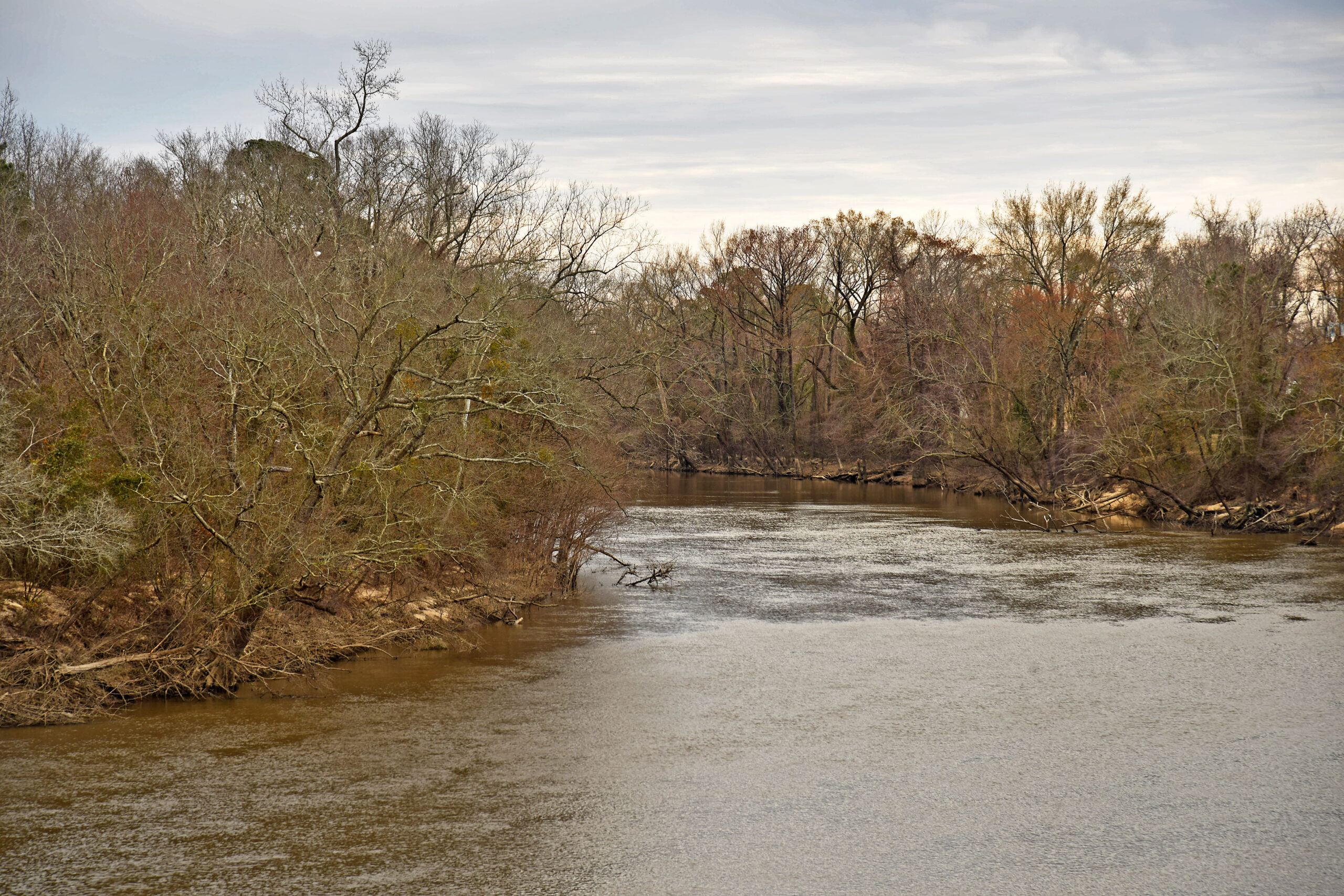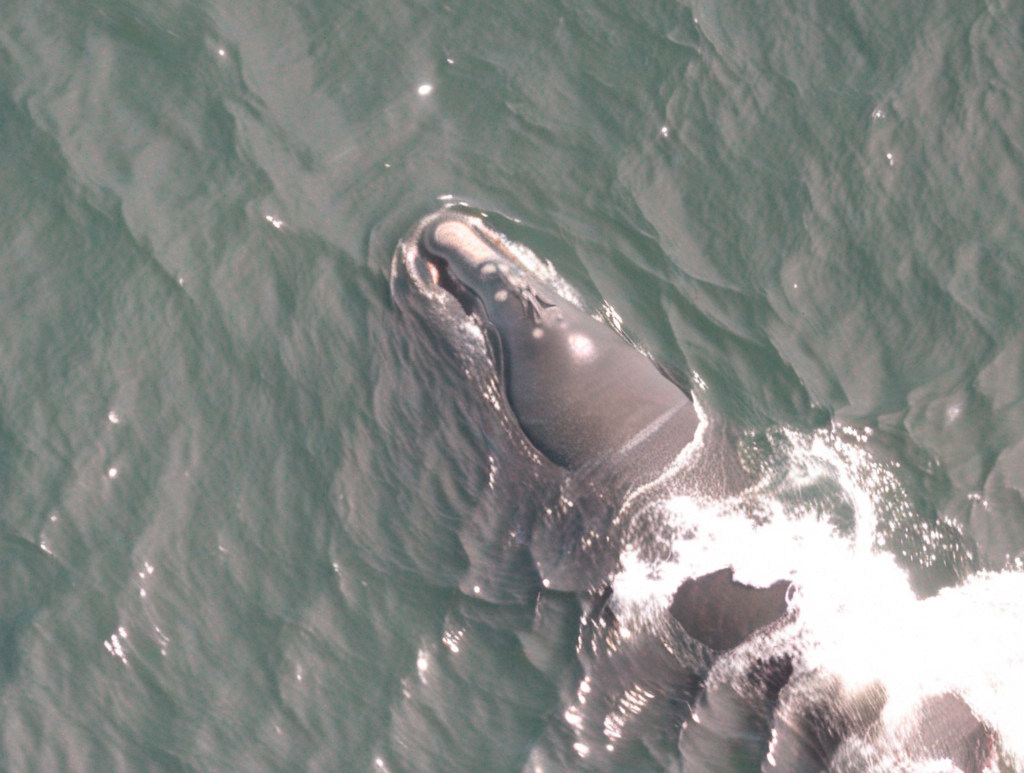New Research To Focus on Contaminants in East Coast Waterways

North Carolina Sea Grant among the collaborators for research on emerging contaminants.
Contact:
Judy Benson, Connecticut Sea Grant: judy.benson@uconn.edu
Frank López, North Carolina Sea Grant, fmlopez@ncsu.edu
Fish, shellfish, insect, water and sediment samples from urban coastal areas from the Chesapeake Bay to Northern New England will be analyzed for the presence of potentially harmful chemicals in four research projects commissioned by a partnership of the Connecticut, New Hampshire and North Carolina Sea Grant programs.
The awards will fund research in New Haven, Connecticut; Norfolk and Hampton, Virginia; Narragansett Bay, Rhode Island; and Lake Champlain in Vermont and New York that is part of the Contaminants of Emerging Concern (CECs) project begun by the three Sea Grant programs in 2021. National Sea Grant funding supports the CECs project and the research.
“North Carolina Sea Grant is proud to be a key collaborator on emerging contaminants research,” notes Frank López, NC Sea Grant extension director. “These new projects will provide research and outreach tools that we and others along the East Coast will use and/or adapt.”
The four awards, ranging from $150,00 to $113,236 each, will focus on communities with environmental justice concerns and industrial chemical residues posing the highest levels of concern among researchers, health experts and the public. This framework for the research call was informed by a national survey conducted by the CECs project. All four projects include outreach and education to the impacted communities about the results and possible actions to limit exposure, such as advising subsistence fishermen and their families to limit eating the most affected species.
CECs are a broad category of chemical residues from commonly used household and industrial products increasingly found in coastal and freshwater environments. Research thus far indicates these can be harmful to human and wildlife health, but much more analysis is needed to identify the most dangerous levels, cumulative impacts and the most effective mitigation strategies. While residues of medicines, cleaning products and fertilizers are among the CECs most commonly detected, chemicals known as PFAS (per- and poly-fluoroalkyl substances) have emerged as the most potentially problematic due to their persistence in the environment and tendency to bioaccumulate in fish and other marine animals. Three of the four projects will focus specifically on PFAS.
“Contaminants of Emerging Concern are by definition under-studied and not well regulated,” said Sylvain De Guise, director of Connecticut Sea Grant and principal investigator on the CEC project. “These studies will enhance our understanding of CECs and help protect environmental and human health, which are closely related.”
The four projects are:
- “Understanding the prevalence, transport and biogeochemical transformations of contaminants of emerging concern across watersheds with socioeconomic disadvantaged communities,” led by Kang Xia of the Virginia Tech School of Plant and Environmental Sciences. This project will assess levels of CECs present in sewage leaked from aging wastewater treatment systems in Hampton and Norfolk, Virginia, and identify possible actions to mitigate the threats posed.
- “Assessment and uptake of PFAS in shellfish and fish from coastal areas associated with Tweed-New Haven Airport,” led by Christopher Perkins of the University of Connecticut Center for Environmental Sciences and Engineering. The area was chosen because it is a source of seed oysters for commercial shellfishing and hosts a subsistence fishing community.
- “Prevalence and profiles of PFAS in fish and biosentinels from the tributaries and basins of Lake Champlain,” led by Celia Chen of the Dartmouth University Department of Biological Sciences. This project will focus on determining patterns PFAS in fish and dragonfly nymphs in three tributaries of Lake Champlain at sites upstream and downstream of urban wastewater treatment plants. Researchers will also assess the role of diet and size in determining PFAS concentrations, and evaluate the use of dragonfly nymphs as biosentinels of PFAS bioaccumulation.
- “PFAS contamination in southern New England estuarine and coastal fisheries: assessing the bioaccumulation and trophic transfer of persistent and emergent contaminants in an urbanized ecosystem,” led by David Taylor of Roger Williams University. This project will examine PFAS chemistry and concentrations in frequently consumed fish species and in the environment of Narraganset Bay and in the variability through fish life cycles.
##


